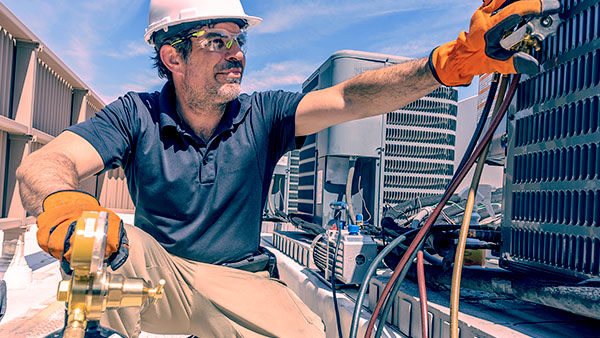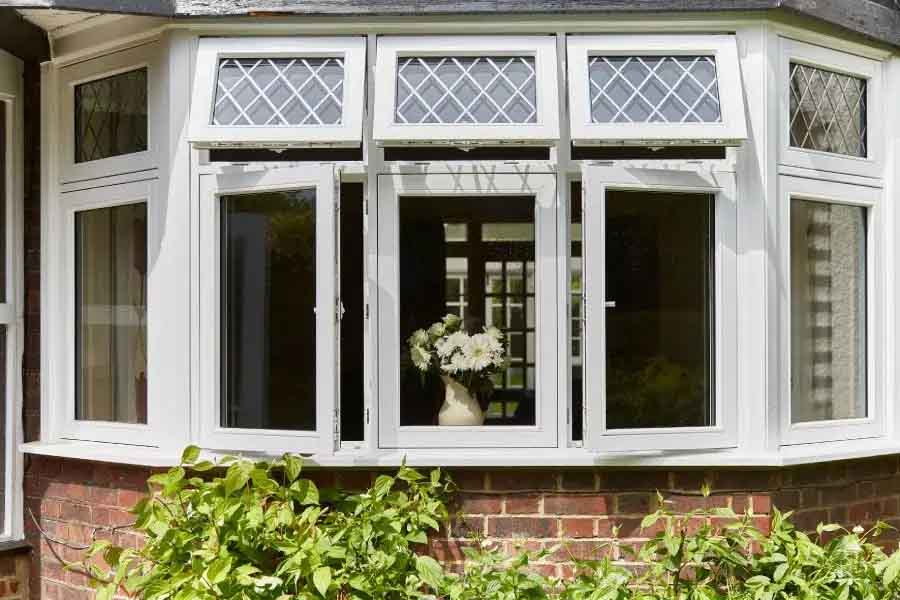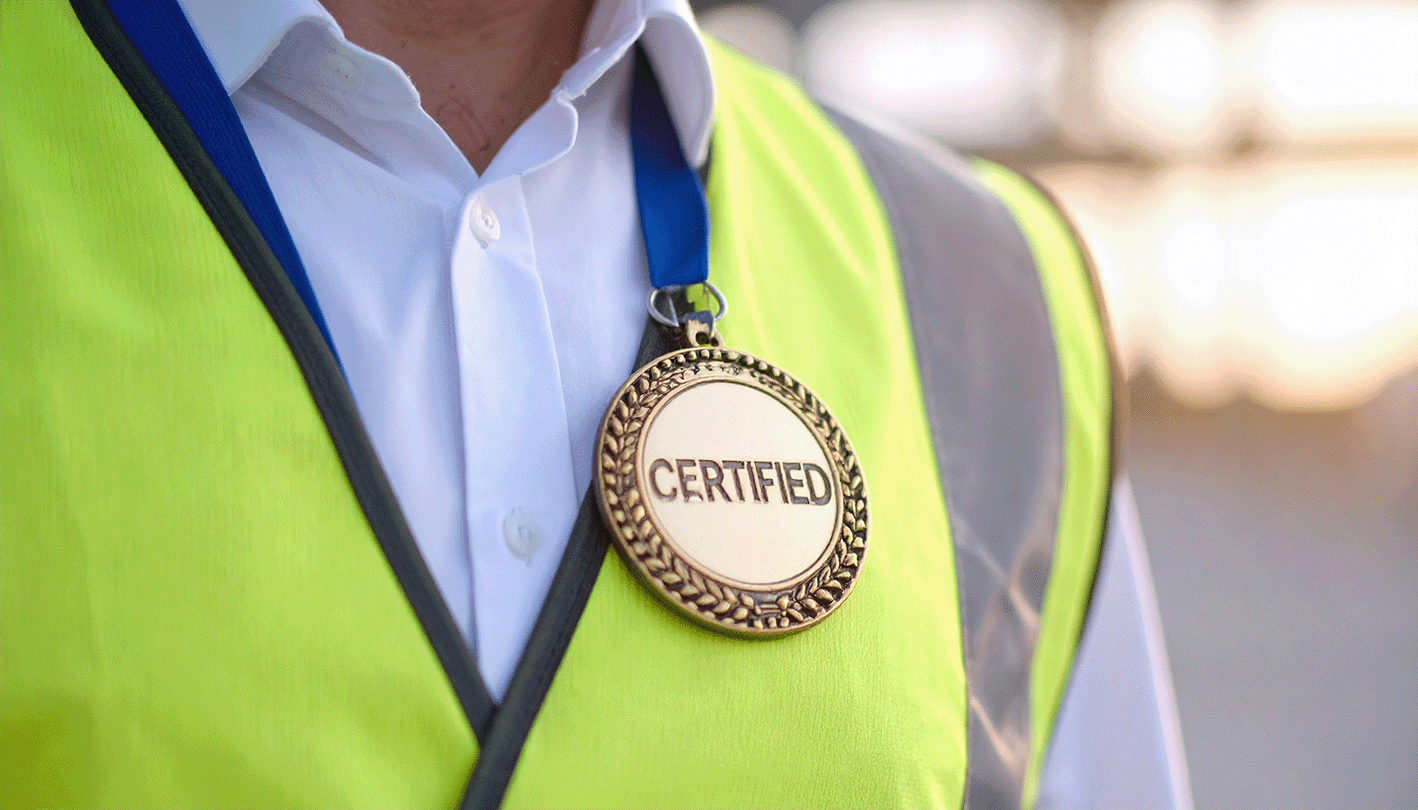Bipolar Ionisation: The Pros and Cons
Bipolar ionisation is an often misunderstood concept. It has many advantages, but it isn’t always the right tool for the job. This article intends to run through the pros and cons so you can be better informed when choosing between the various air cleaning solutions.
Pro #1: Cleans pathogens, PM and VOCs
Unlike a lot of other air cleaning solutions, bipolar ionisation systems both improve indoor air quality (IAQ) metrics and mitigate against pathogens such as Covid-19.
In comparison, UV solutions remove germs but don’t reduce particulate matter or VOCs; while HEPA filters remove 99% of pathogens, but cannot remove gases or odours.
For bipolar ionisation, the technology is not selective; it reduces levels of VOCs and any kind of particulate contamination – including mould spores, bacteria, PMx and Covid-19.
How does bipolar ionisation protect against pathogens like Covid? The ions created by ionisation bombard the virus surface proteins (the “spikes”) with highly reactive radicals. These damage the spikes, eliminating the virus’s ability to bind to and infect cells.
By completely destroying the virus surface structure on a molecular level, the virus cannot cause infection, even if it enters the body.
Pro #2: Low energy solution
HVAC can account for up to 40% of commercial buildings’ energy usage, so increasing your efficiency here has a big impact on costs. According to The Carbon Trust, a 20% reduction in energy costs represents the same bottom line benefit as a 5% increase in sales.
Based on ASHRAE guidance in the US, bipolar ionisation can reduce the requirement for ventilation by 75%.
By cleaning the air already in your building, you can increase your energy efficiency dramatically as ventilation systems do not need to work so hard to bring in air from outside.
The 2022 Approved Document F government guidance gives the green light for minimising external air intake during levels of high pollutants. As many areas regularly exceed pollution limits recommended in the WHO’s new guidance, this operating mode can be used quite a bit.
However, when you stop ventilating, your air will still need cleaning.
Most bipolar ionisation systems only require 1 watt or less to operate. UV-C light systems, on the other hand, can require around 100 watts. Increasing filter grades would significantly increase energy consumption by AHU fans.
If you want to read more about how this works, we spoke at the CIBSE Technical Symposium in 2020 about this as an alternative to bringing in air from outside. Click the link to see the slides from our presentation.
Pro #3: Natural cleaning
Ionisation is a process that already occurs in nature. Sunlight, thunderstorms, rain and crashing water ionise the air. It's why sea and mountain air have been a remedy for all sorts of illnesses throughout history, and why the Victorians built their sanatoriums by the sea.
Bipolar ionisation takes the fundamental elements of this natural process and recreates clean sea and mountain air inside your building.
Pro #4: No pressure loss
Any loss of pressure in an HVAC system means it has to work harder. It becomes noisy, loses efficiency and increases energy costs.
Bipolar ionisation can be integrated into existing HVAC systems without any increased pressure loss.
According to ASHRAE, it’s usually not feasible to retrofit existing HVAC systems with HEPA filters due to high pressure drops. They also advise letting filters load up further than usual during Covid outbreaks to reduce frequency of filter changes, but this massively increases energy costs. Something that can be avoided with bipolar ionisation.
Pro #5: No consumables, no waste
Bipolar ionisation systems have no consumable elements to them.
With solutions that require periodic upgrades or replacements – like HEPA and UVGI – performance is not consistent over the lifetime of the consumables. HEPA filters need to be replaced every 6-12 months (and cannot be recycled), as do UV lamps, often after 9,000 hours of use.
And while UV lamps can be recycled, your building must have a programme in place that can manage their mercury content.
Con #1: Not for every problem
While BPI is great for cleaning the air of particulate matter, VOCs and pathogens, it does not clear nitrogen dioxide (NO2) or carbon dioxide (CO2).
Then again, neither do most other air cleaners. The best solution to reduce these two toxic gases is to keep rooms ventilated properly, and to locate intakes away from busy roads.
If NO2 levels are very high outside, there is only so much you can solve by locating the intakes optimally. In that case, the only real solution is to deploy carbon filters.
NO2 is almost entirely an outdoor pollutant, created by fossil fuel burning vehicles and agricultural processes. Inside buildings, it is produced mainly from open gas appliances and cigarette smoke.
In 2021, the WHO slashed its recommended annual average exposure limit for NO2 from 40 µg/m3 to 10 mµg/m3.
For CO2, while the legal limit indoors is 5,000 parts per million (ppm), and it is not lethal below 40,000ppm, it can cause drowsiness and lower productivity when it reaches just 1,000 ppm.
Bipolar ionisation is not a substitute for ventilation, it’s an enhancement. Increasing ventilation where possible is the primary course of action recommended by SAGE.
Con #2: Needs good air movement
Ions need to be able to reach contaminants in order to remove them, so bipolar ionisation solutions are dependent on good airflow and air distribution within the space.
In the past we’ve heard complaints that bipolar ionisation effectiveness varies widely. This is down to the fact that its efficacy is linked to the concentration of ions in the space around the device. The British Council for Offices guidance suggests that bipolar ionisation systems should be fitted in local fan coil units to generate the most ions in the space.
A small solution will not be able to clean the air in a school gymnasium effectively because the ions will be dispersed in low concentrations. To avoid being a “tick-box exercise” it’s important that you or your contractor fits the right-sized product for the right space.
Con #3: Older systems produce ozone
Bipolar ionisation systems that use an outdated process, called dielectric barrier discharge (DBD), create the byproduct ozone, which is harmful to health. When breathed in at high concentrations, ozone can cause headaches, chest pains and coughing, and trigger asthma.
During the Covid-19 pandemic, there was a spike in interest in ozone generators, as some companies marketed them for air purification, calling the gas “activated oxygen” or “pure air”. This is untrue and any manufacturer selling ozone generators as air purifiers should be avoided.
To be clear, bipolar ionisation only emits measurable amounts of ozone if the system uses old technology. Modern systems using needlepoint bipolar ionisation are not harmful to health. We recommend always looking for systems featuring the UL2998 “ozone free” certification.
Con #4: It’s poorly understood
As we’ve seen with the complaints about health and effectiveness above, much of the issues associated with bipolar ionisation stems from a misunderstanding of the concept.
Many solutions providers themselves do not fully understand the products they are selling, which means they are selling the wrong products for their customers’ problems. They could be getting the wrong size device, pushing an old-style DBD system, or claiming it can remove NO2 and CO2.
Because of this, we’ve written an article that shows how bipolar ionisation works.
Avoiding the cons
In our experience, most of bipolar ionisation’s cons are actually pitfalls due to a poor understanding of the solution. With the proper expertise, the pros greatly outweigh the cons, and bipolar ionisation can be a highly effective solution to remediate your indoor air quality issues.
Take a look at our bipolar ionisation products and solutions page for more information on selecting the right device for the right location.






